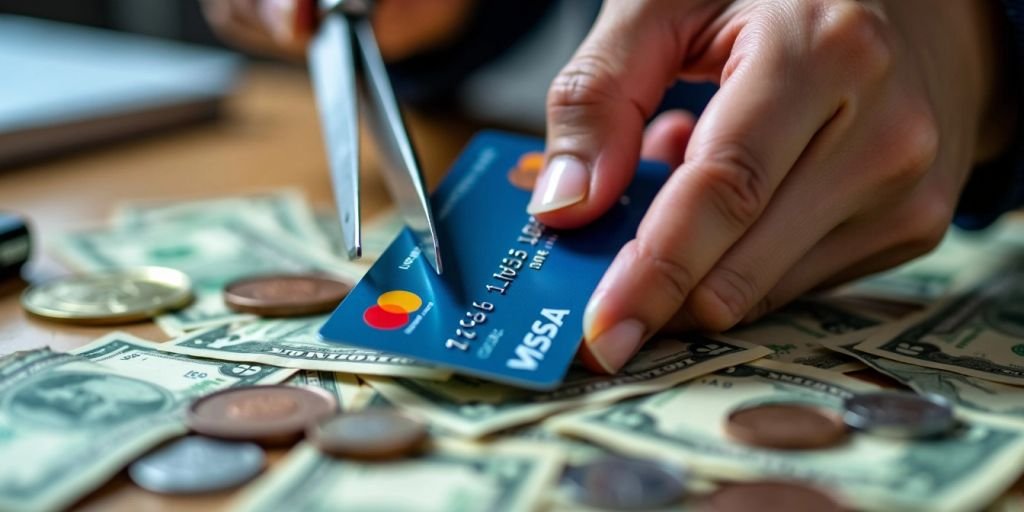Student loan forgiveness has been a hot topic of conversation in recent years, particularly as student debt in the United States continues to reach staggering levels. According to the Federal Reserve, Americans owe over $1.5 trillion in student loan debt, with the average borrower owing around $30,000 upon graduation. This burden can be a significant barrier for many individuals seeking higher education, particularly those from marginalized communities.
The impact of student loan forgiveness on educational equity cannot be overstated. For many students, particularly those from low-income backgrounds or underrepresented minority groups, the prospect of taking on tens of thousands of dollars in debt can be a daunting and discouraging one. This financial burden often leads to students making decisions based on their ability to repay loans rather than their passion or career goals. It can also make higher education inaccessible for many students who simply cannot afford to take on such massive amounts of debt.
By forgiving student loans, we remove a significant barrier to obtaining a college education for many individuals. This can level the playing field for low-income students and students of color, who are disproportionately burdened by student loan debt. Additionally, student loan forgiveness can help address the racial wealth gap, as Black and Latinx students are more likely to have higher levels of debt and lower levels of wealth compared to their white counterparts.
Furthermore, student loan forgiveness can have a ripple effect on educational equity by increasing access to higher education for individuals who may have otherwise been deterred by the high costs. This can lead to a more diverse and inclusive student body, which benefits all students by bringing together a variety of perspectives and experiences.
In addition to the social impact, student loan forgiveness can also have economic benefits. By relieving individuals of their student loan debt, they are free to pursue higher-paying careers and invest in their futures. This can lead to increased spending, savings, and overall economic growth.
However, it is important to note that student loan forgiveness alone is not a silver bullet for addressing educational equity. Other systemic barriers, such as inadequate K-12 education, lack of access to resources and guidance, and discrimination in higher education admissions, must also be addressed in order to truly level the playing field for all students.
In conclusion, student loan forgiveness can have a profound impact on educational equity by breaking down barriers to higher education for individuals from marginalized communities. By relieving the burden of student debt, we can create a more equitable and inclusive educational system that benefits all students and society as a whole.




